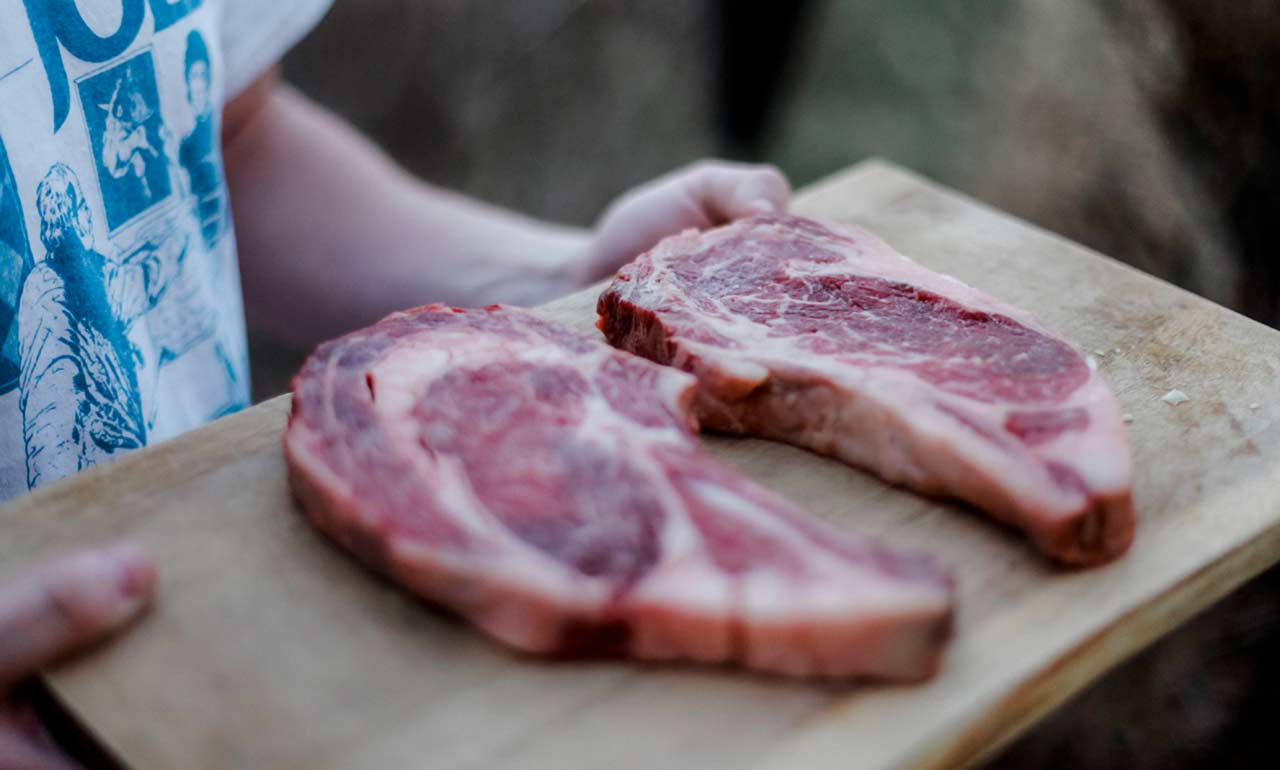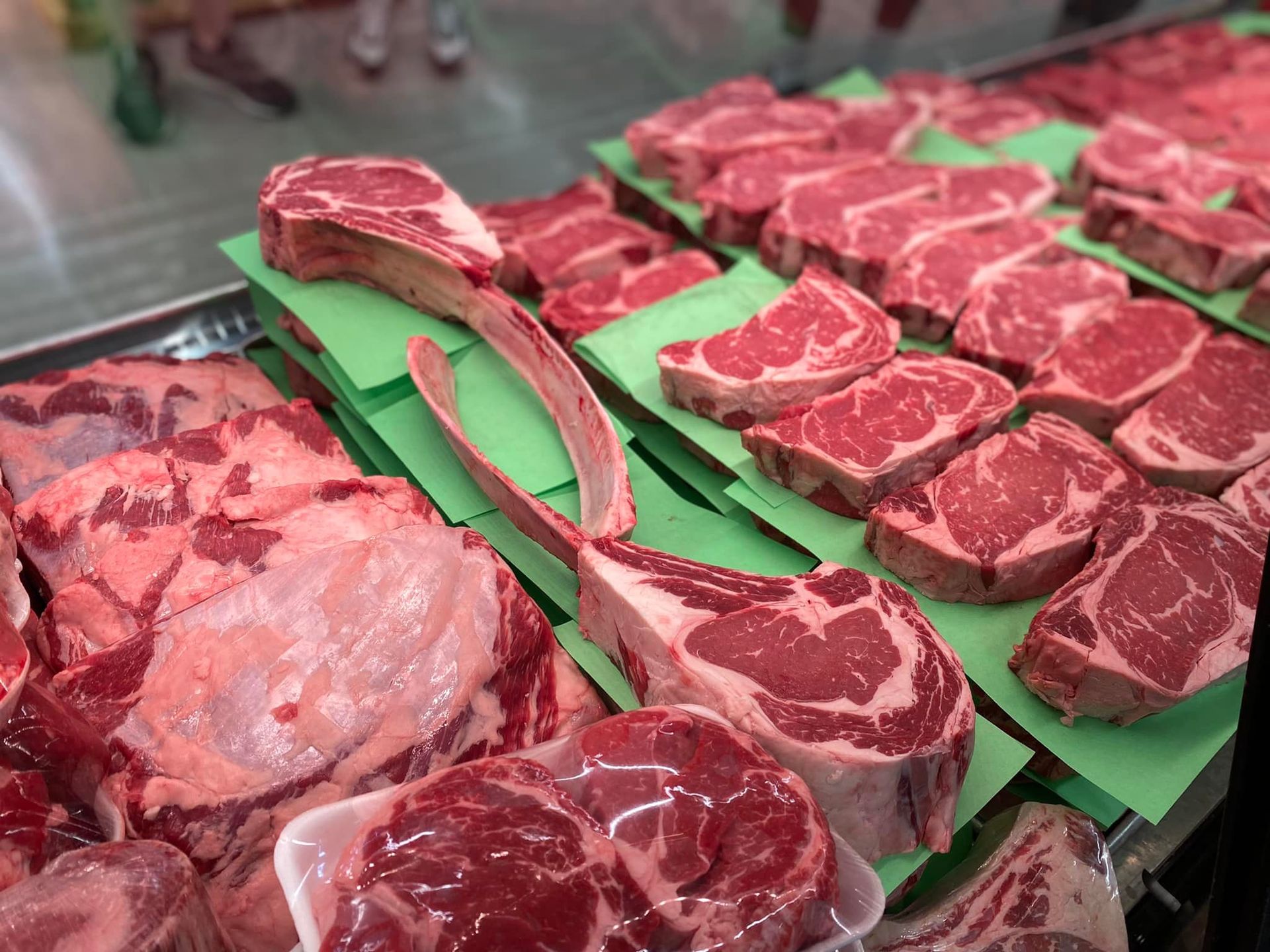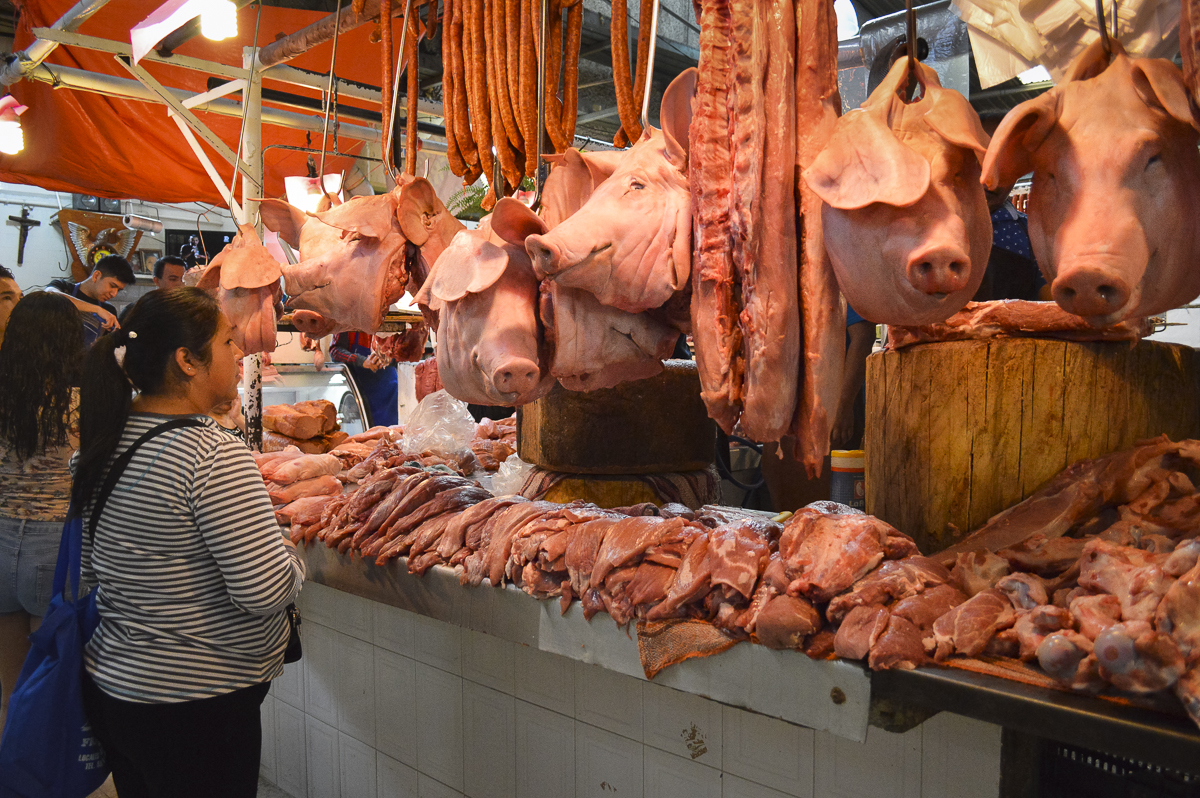Browse Through Bagley Farms Meat Market Edwardsville IL for Farm-Fresh Meat and Specialized Cuts
Browse Through Bagley Farms Meat Market Edwardsville IL for Farm-Fresh Meat and Specialized Cuts
Blog Article
Uncover the Art of the Butcher's Cut in a Modern Meat Market
In the ever-evolving landscape of modern meat markets, the butcher's cut has actually transcended its standard origins, combining olden workmanship with contemporary techniques. What genuinely establishes the modern butcher apart is their ability to build a deeper link between consumers and the origins of their meat.
Advancement of Butchery Techniques
The evolution of butchery methods reflects a rich tapestry of development and adaptation driven by developments in innovation, changes in customer need, and a deeper understanding of meat science. Historically, butchery was a craft passed down through generations, with techniques sharpened over centuries to make best use of return and taste. The commercial change ushered in mechanization, changing conventional practices and allowing large processing.
The mid-20th century saw butchery methods even more fine-tuned by scientific understandings into muscle mass biology and meat aging, improving both inflammation and taste. Technologies like vacuum cleaner product packaging and refrigeration extended product shelf-life, permitting butchers to expand offerings and boost high quality control. This duration also noted the increase of customized equipment, such as band saws and meat slicers, which increased accuracy and efficiency in meat processing.

Electronic systems now help in monitoring animal provenance and maximizing cuts to meet details consumer preferences. Furthermore, a renewal in artisanal butchery has arised, mixing traditional skills with contemporary expertise to cater to consumers seeking ethical and sustainable meat choices.
Recognizing Meat Cuts
Understanding the intricacies of meat cuts is necessary for both butchers and consumers looking for top quality and value. For butchers, precise cuts mirror ability and respect for the craft, ensuring marginal waste and ideal return.

Understanding muscle mass composition is critical; muscular tissues utilized more frequently by the animal have a tendency to be harder and are best fit for slow cooking techniques, while less-used muscle mass, like those located in the loin, are extra tender and ideal for grilling or roasting. Knowledge with these distinctions equips consumers to make enlightened selections, improving their culinary endeavors.
Picking Quality Meat
Picking the best meat involves more than just selecting an aesthetically appealing item from the display screen. bagley farms meat market edwardsville il. The art of choosing quality meat calls for a critical eye and expertise article source of specific qualities that indicate freshness and quality. First of all, take notice of the shade; beef needs to have a bright, cherry-red hue, while lamb needs to display a soft pink tone, and pork a pale pink. This shows the meat is fresh and hasn't been subjected to oxygen for also lengthy.
Secondly, take into consideration the marbling, which refers to the white streaks of fat within the muscle. Proper marbling is a crucial indication of inflammation and taste, as it melts during food preparation, boosting the meat's juiciness. Remember, higher marbling commonly correlates with superior quality cuts, such as USDA Prime.
Structure is one more critical factor; meat ought to feel strong to the touch, not click now slimy or extremely soft. In addition, be mindful of the scent. Fresh meat needs to have a tidy, neutral scent, devoid of any kind of sour or off-putting odors.
Pairing Cuts With Cooking Techniques

On the other hand, tougher cuts like brisket and chuck roast are rich in collagen, which breaks straight from the source down into gelatin when cooked slowly. These cuts are optimal for braising or sluggish roasting, permitting the meat to tenderize over time and create deep, complex flavors. Cuts such as brief ribs and pork shoulder fare well with slow-cooking methods, where expanded cooking times transform their durable appearances right into delicious recipes.
Lamb shanks and oxtail, which call for extended food preparation to tenderize, are best prospects for stewing or slow-moving simmering. These techniques coax out rich, hearty flavors while maintaining wetness. By understanding the unique features of each cut, cooks and home cooks alike can elevate their culinary creations, making certain each meal is both pleasing and remarkable.
The Butcher's Function Today
Navigating the evolving landscape of the modern meat market, the butcher's role today prolongs beyond mere prep work of cuts. Contemporary butchers are culinary craftsmens, teachers, and advocates for lasting methods.
Along with crafting specific cuts, butchers now engage straight with customers, supplying cooking guidance and tailoring options to match individual demands and preferences. Their knowledge in meat aging, marbling, and taste accounts equips consumers to make enlightened decisions, enhancing their cooking experiences. This customized solution exemplifies the butcher's evolving function as a relied on consultant in the cooking area.
In addition, butchers are critical in lessening waste, using entire animals to develop diverse items such as sausages and supplies. This detailed strategy not just values the animal however also lines up with contemporary sustainability goals. In this way, the contemporary butcher personifies both custom and advancement, adapting to an ever-changing market while preserving the creativity and integrity of their craft.
Final Thought
Proficiency in recognizing varied meat cuts and high quality signs encourages butchers to give educated referrals, straightening certain cuts with ideal food preparation methods. By honoring historic methods while embracing contemporary needs, the butcher's role remains vital in today's advanced meat market.
Report this page